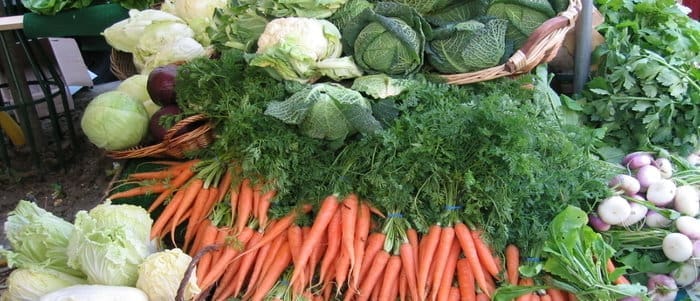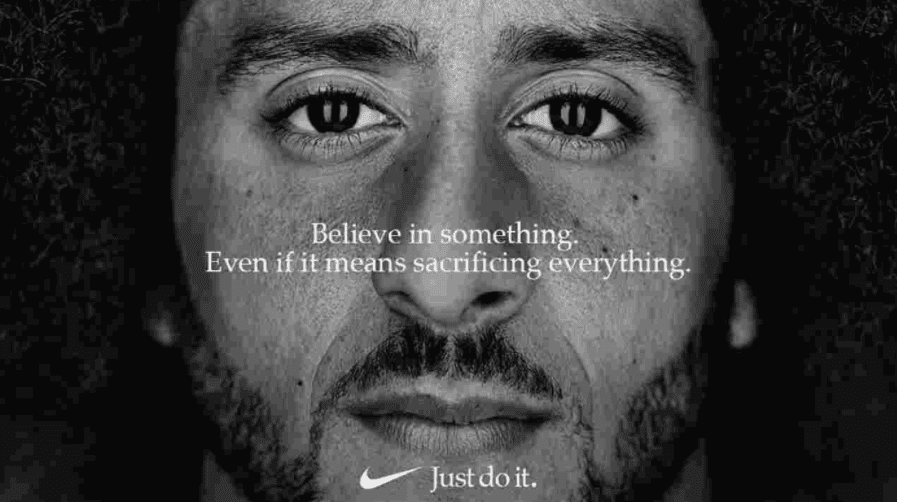Have you ever considered repurposing content as part of your overall marketing strategy? Should you?
When we asked content marketing experts the biggest mistakes they still see people making, several concurred on one point in particular,
Content Marketers:
You’re selling yourself short when you don’t reuse, repurpose, and repromote your material.
Good Content Strategy Isn’t “One and Done”
As Janet Fouts of Tatu Digital Media explained, “Sharing a blog post once, broadcasted simultaneously to all your networks, really is a drop in the bucket… A one time blast is simply a waste of your great content.”
Ashley Zeckman of TopRank Online Marketing reminds us to “repurpose [our] best content to breathe new life into topics that you know resonate with your audience.” [My emphasis; i.e., give them what they want.]
Heidi Cohen at Actionable Marketing Guide encourages, “Consider repromotion in the form of re-imaging content for different platforms.”
How Do You Repurpose and Repromote Your Best Content?
It’s as easy as weekly meal planning!
I picked up a print magazine the other day. Weird, right? One for homemakers. Weirder and weirder, huh?
They featured a piece about preparing a full week of healthy home-cooked meals for the whole family. You just have to do the work on Sunday.
[This is not ground-breaking journalism. As I’ve had to remind myself over and over again, it doesn’t all have to be blockbuster knockout award-winning next level stuff.]
You’ve probably seen similar features: the centerfold spread of a sumptuous and wholesome feast laid out graciously on fine china with gleaming silver.
Followed by pages of recipes and finally a shopping list.
The idea is that you cook a whole mess of food on Sunday, divvy it up into handy dandy storage containers, and spend less than 30 minutes each weeknight heating it up.
Less than 30 minutes! As seen on TV! Zowie!
How Repurposing Content Is Like Weekly Meal Planning
The Meal
You cook up one big protein source that you’ll be carving down throughout the week.
Say, for instance, a chicken. Or a NadaChicken. Whatever.
- Sunday: full chicken dinner.
- Monday: chicken salad sandwiches.
- Tuesday: chicken and pasta.
- … You get the idea.
The Content
You cook up one big content piece that you’re going to present as the feast that it is.
And then you’re going to be “carving it up” in bite-size nuggets, teases, remixes, and other marketing collateral.
Say, for instance, a white paper. Or an expert interview. Whatever fills the bill.
Present the whole thing on a platter
Make it an invitation-only feast. Give it a landing page. Make it conversion-gated. That is, make your reader purchase an admission ticket.
Perhaps they give you their email address and opt-in to receive your newsletters.
Perhaps they give you their email, full name, phone number, title, size of organization, and whatever other info your lead gen team thinks is important. [And if you alone are your lead gen team, tell my in the contents below so I know to write a post for you, you dear sweet overworked under-appreciated person, you.]
Carve that content
Make the Cliffs’ Notes version. Find the highlights.
Get the best snippets and soundbites.
Put them in a database, a shared Google Drive spreadsheet, or write them on pretty paper and drop them in a bit felt hat.
Because now you’re going to distribute these like confetti, based on their size:
- status updates to Facebook, Google+, LinkedIn company page
- tweets
- email blasts–whole or sections of
Friendly reminder: You don’t have to be on all the social media channels.
This reminds me, too, that I still haven’t written a cribsheet for you, dear reader, about how to pick a social media channel for your small business, whether you’re just getting started or reevaluating your current presence.
Remix that content
Just like Wednesday somehow became Chicken Tetrazini Day, you’ve got to manipulate your content a little to con your family’s palette into thinking it’s not the same chicken from Sunday.
For instance, take one or half-dozen of your quotation gems from the Big Piece o’ Content and hand them off to your graphic design team. (If that’s ye, yourself, and you, I’m sorry to hear it. But, you can do this pretty easily yourself.)
Turn those gems into visuals. Quotes with snazzy backgrounds and nifty fonts.
Use these for:
- Tumblr
- SnapChat
Remember to sometimes — but not always, because that’s annoying — link the image-nugget you’ve shared back to your your on-site Big Piece o’ Content where the platform allows.
For instance, Instagram doesn’t allow links to be incorporated easily. (That’s why you’ll often see this phrase, “Link in Bio.”)
Make the slimmed down version; i.e., chicken sandwiches
Write a 600-800 word post that summarizes the key takeaways of your main content expenditure. Post it on your blog. Share it widely as if it were its very own standalone piece of content. It’s iterative–revisit the steps above.
At the end of your summary post, add a Call to Action (CTA) that says,
Hey, dear reader, did you totally dig this info? Well, there’s more where that came from. Sign up here for our Big Piece o’ Content.
In that CTA, link to the landing page that tells about the BPOC and requires conversion of some sort before sending through a proprietary link.
How Repurposing Content Is NOT Like Weekly Meal Planning
Content, unlike Chicken a la King, is always consumable
It’s mind food not actual food. It never gets all eaten up.
Think of it as a loaves and fishes thing. Unlike Sunday supper, it can go viral and everybody can get their fill, whenever they want.
Content, unlike even vegan chicken, is not perishable
We may be living in a 24/7 news cycle, but thankfully, most of us are not writing for one. Most content does not have a expiration date.
Many years ago, you may have noticed the trend to remove the dateline from blog posts. So, you’ll be reading along wondering, when did they write this?
Sometimes you have to peek at the code to find out when it was posted. For example, “how to clean cast iron pots” hasn’t changed much since the era when every third hamlet had a blacksmith.
Now, if you’re selling software-as-a-service (SaaS) or software training or anything digital, then you do have to stay more on top of updates, upgrades, new releases, and so on.
Just remember, there are always new beginners coming online looking for basic info.
And that type of evergreen content can really drive a ton of visits and shares.
Content, unlike chicken tacos, is not tied to the time of day or day of week
You dig it? Weekly meal planning is just the analogy I’m using.
You do the heavy lifting up front, slice, dice, freeze, reheat, reconstitute, and re-eat.
To follow (or flog?) this analogy further, remember that it’s not the full story
For either type of consumable — brain or belly.
There’s room in the meal plan for dining at fancy restaurants, pizza delivery, and quick meals at greasy-spoon buffet diners. Liken that to Other People’s Content (OPC) in your sharing strategy.
There’s room in fridge — and the content feeds — for snack plates or leftovers from church events, neighborhood potlucks, and family get-togethers. Let’s pretend that aligns with User-Generated Content (UGC).
And there’s always time to ask, “What’s for dinner, guys?” Let’s call that direct engagement, or actually talking to your audience.
Good Content Strategy Does Not Flog Your Pieces Endlessly
(Like I’ve done here. ~sadface~)
Good strategy, both in keeping your family and your content feeds fed, means that we don’t let our consumables go to waste.
Now, can you just imagine if I had gone for the whole “eating nose-to-tail” analogy here and talked about bone broths, organ meats, tanning hides and making soaps?
Featured Image Credit: Wikimedia User Arnaud_25 [Public Domain]
Latest posts by Suzanne Hoenig (see all)
- The Anti-Social-Media-Marketing Manifesto 2016 - October 19, 2016
- Which 3 Social Media Platforms Will Be Around in 3 Years? - October 13, 2016
- White Papers: Still a Way to Compel and Convert Leads - September 14, 2016





